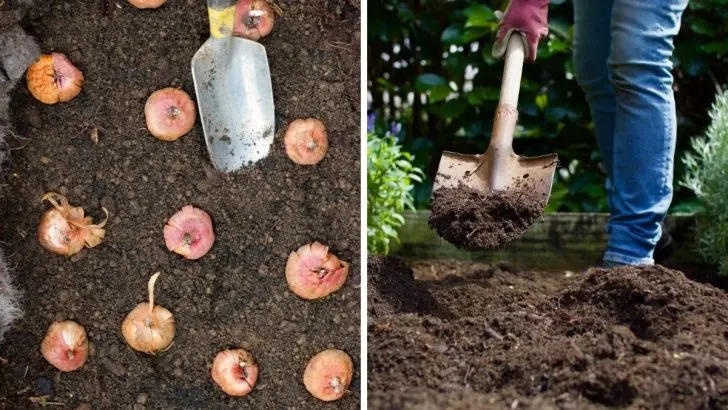November is upon us, and while the days grow shorter, the list of gardening tasks doesn’t seem to follow suit. As the garden gently transitions to its winter slumber, there are crucial tasks that must not be overlooked.
Whether you’re in the frosty northern climes or the milder southern regions, the season offers a perfect opportunity for both reflection and preparation. Now’s the time to evaluate your garden’s past successes, plan for the future, and ensure it is well-cared for in its dormant period.
Why is November so critical, you ask? November serves as a pivotal month—a bridge between the bountiful harvests of fall and the icy grip of winter. It’s the moment to gather all the loose ends, tidy up, and set the stage for next year’s blooming wonders.
As you sip on your hot cocoa, envisioning robust harvests and picturesque blooms, remember that the groundwork for such dreams is laid during this month.
1. Capture the Last Bounty: November Harvest
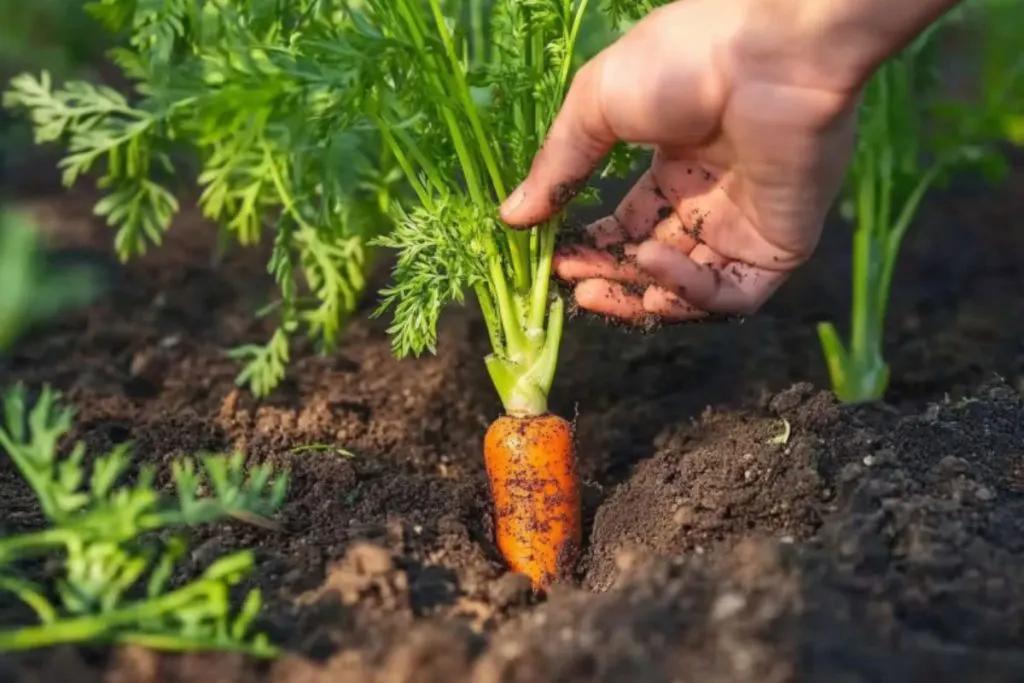
The November harvest is a time of bounty and urgency. Picture this: you’re navigating through your garden, the crisp air nipping at your nose, as you gather vegetables that have thrived throughout the growing season.
Root vegetables like carrots, parsnips, and celeriac are ready to be unearthed, along with the trusty cabbage and Brussels sprouts. Leeks, pumpkins, and turnips also join the basketful.
The urgency lies in harvesting them before frost takes its toll, though with parsnips, a touch of frost sweetens them, rewarding the patient gardener.
But what to do with such abundance, you might wonder? Some veggies are perfect for winter storage, making them a delightful addition to hearty stews.
Others can be preserved, extending the taste of autumn well into the cold months. Engage in this mindful gathering, knowing that each piece you harvest is a testament to the season’s labor.
2. Tuck Your Garden Beds in for Winter
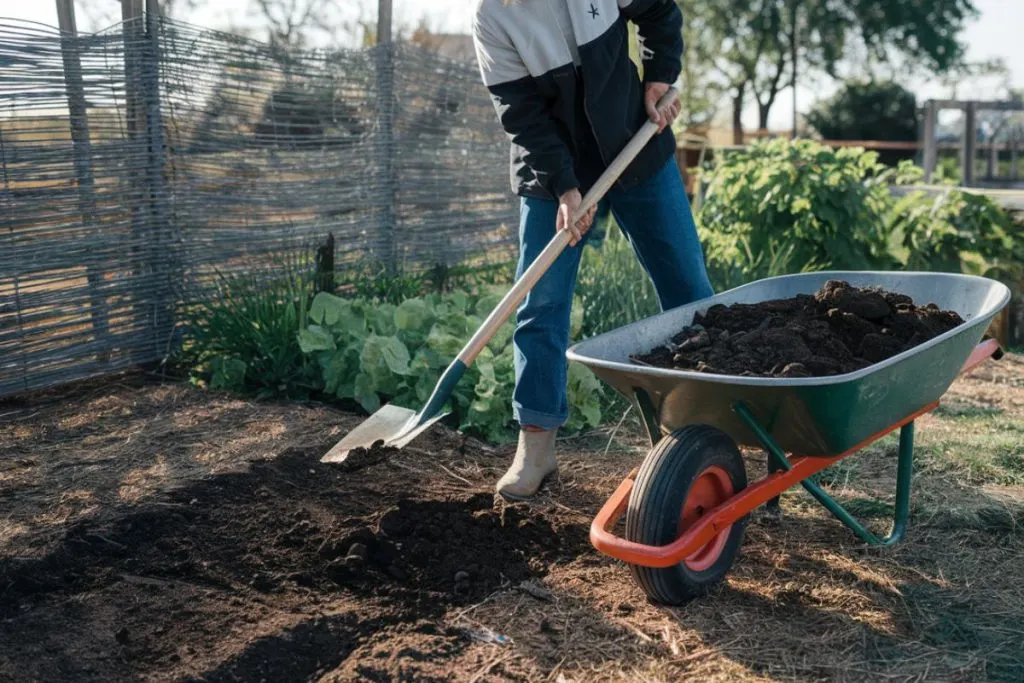
As the year winds down, your garden beds could use some TLC—think of it as tucking them in for a long winter’s nap. During this season, annual plants show the wear and tear of a year well-spent.
They start to look a bit ragged, signaling it’s time for a transformation. This natural decay is not to be mourned but embraced, as it feeds the soil and renews life.
November is the perfect opportunity to enrich the soil, preparing it for the vigorous growth of spring. Incorporating organic matter like aged manure, bone meal, and rich compost can make a significant difference.
Also, consider the no-dig method for managing disease-free plant material—simply chop and drop onto the soil surface, letting nature do the rest.
3. Leaves Everywhere: Turn Them into Treasure

When the vivid hues of autumn leaves swirl to the ground, transform them from a potential chore into a valuable garden resource. Yes, we’re talking about the magic of leaf mold—a gardener’s black gold.
These leaves, which might seem like just another task on your to-do list, can instead enrich your soil and provide nutrients for future crops.
Creating leaf mold is simple. Gather those fallen leaves into a heap, keep them moist, and let nature work its wonders. Over time, they break down into a dark, crumbly substance that improves soil structure and retains moisture.
Moreover, a thick layer of these leaves acts as a natural winter mulch, insulating the soil and protecting plant roots from the cold.
4. Tend to Your Trusted Tools
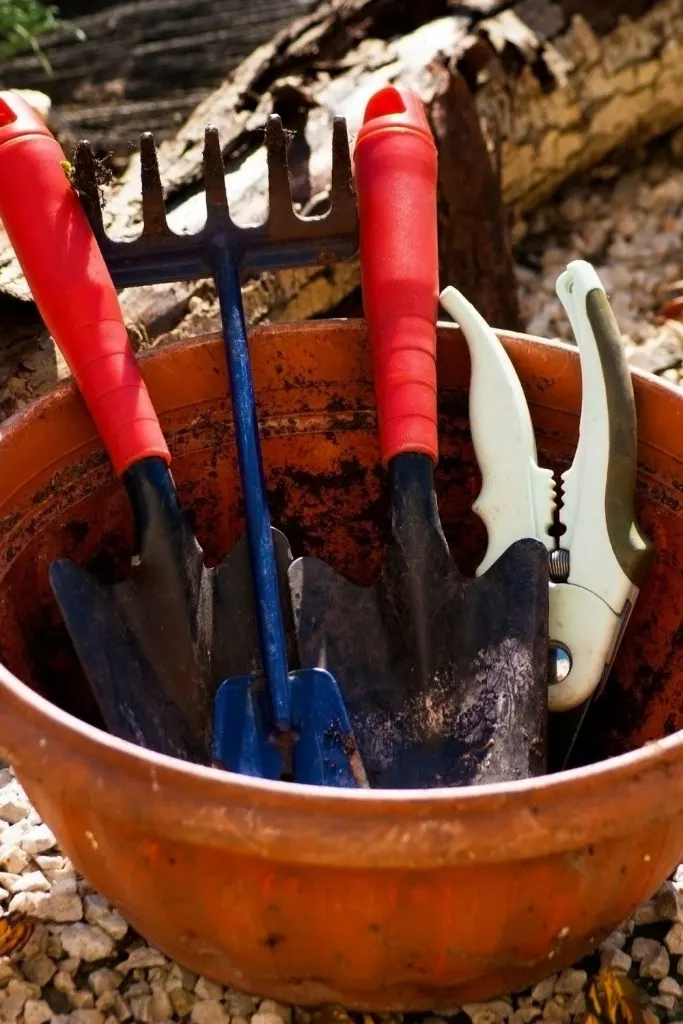
With winter fast approaching, your garden tools deserve a spa day of their own. They’ve served you well through thick and thin, from pruning stubborn branches to tilling the soil. Now’s the time to give them some much-needed attention.
Sharpen pruners and saws to ensure they’re in top shape for next year’s tasks. Clean each tool meticulously, removing any stubborn soil, sap, or rust.
Lightly oil moving parts to prevent rust and store tools in a dry place to extend their lifespan. Taking these steps now will save you time and trouble when spring calls you back to the garden.
5. Keep That Compost Going Strong

Just because the temperature is dropping doesn’t mean your compost pile has to freeze in its tracks. Composting remains a crucial task, turning kitchen scraps and garden waste into rich, nutrient-dense matter that will perform miracles for your garden beds come spring.
A large enough compost bin can maintain an active breakdown process even during the cold months. Layer kitchen scraps with fall leaves to maintain a balance of greens and browns.
If you haven’t yet started composting, now may be the perfect time to set up your system. Embracing this practice ensures you’re recycling nutrients back into the earth, supporting sustainable gardening habits year-round.
6. Manage Perennial Weeds
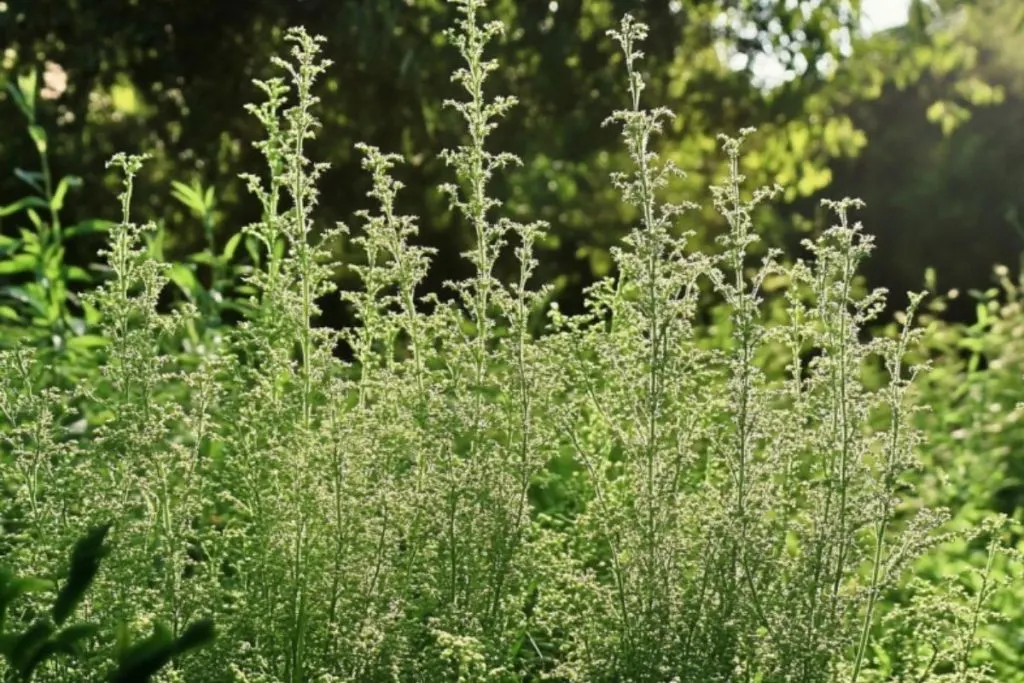
Those pesky weeds like dandelion, goosefoot, plantain, and nettle aren’t going anywhere without a fight. They’re nature’s perennial pranksters, always popping up when least expected.
As they retreat for the season, it’s your chance to fight back. Cut them back as close to the ground as you dare, removing as much root as possible to prevent their sneaky return come spring.
If you choose to remove them completely, try to do so with minimal soil disturbance. Less disruption means a healthier soil ecosystem, which benefits your desired plants significantly.
And who knows, some of these weeds might find their way into your kitchen in creative recipes too!
7. Force Bulbs for Indoor Winter Blooms

Who says you can’t have spring flowers in the middle of winter? With a little patience and the right techniques, you can coax bulbs like daffodils, tulips, and hyacinths into blooming inside your home. It’s like having a preview of spring, even when snow paints your garden white.
Forcing bulbs involves simulating the conditions they would naturally experience outdoors, tricking them into blooming early.
It’s a rewarding project that brightens up the dreariest of days, reminding you that light and warmth will return. Trust me, a pop of color inside can do wonders for your wintery blues.
November’s Tailored Tasks: Frosty vs. Frost-Free Zones

In Frosty Zones: Once you’ve gathered your harvest and bedded down your garden, it’s time to think ahead. Get those flowering bulbs in the ground now.
Preparations should also include draining hoses, putting away irrigation tools, and wrapping tender plants in protective materials.
In Frost-Free Zones: If you’re in a milder area, you have the luxury of continuing with many of your regular gardening activities.
Now’s the time to divide perennials, plant new shrubs like roses, and maintain your irrigation systems. Keep a vigilant eye for pests and diseases that don’t take a seasonal break.
With your November gardening chores checked off, you can now turn your attention to other homestead tasks or simply sit back with a steaming cup of herbal tea, savoring the peace of a job well done.
Remember, taking care of indoor plants is equally essential, as they’ll need your attention to thrive through the winter months.
Don’t forget to join our Rural Sprout community by signing up for our newsletter, where gardening insights and seasonal tips are delivered directly to your inbox, keeping you inspired year-round.
Here’s to a well-cared-for November garden and dreams of a bountiful spring!

